You've probably seen or experienced most of these common science phenomena before, but you may not have thought about why they happen. From sticking a magnet onto your fridge to colourful lights in the sky, we explain ten fascinating phenomena and offer ideas for learning more about each one.
Get ready to delve into the science that makes our world amazing!
1. Rainbows
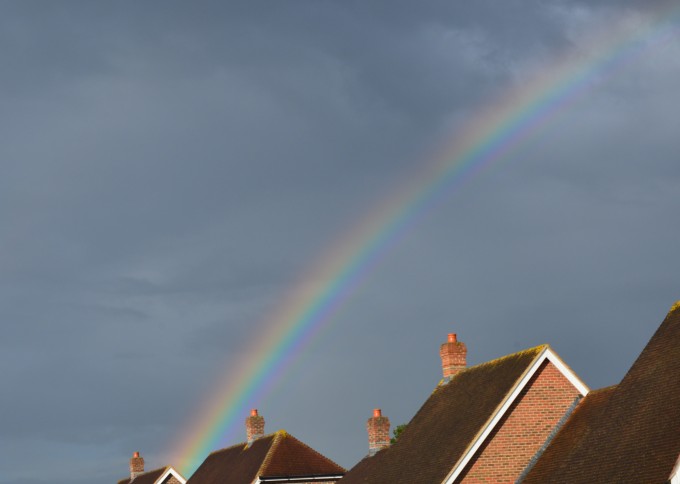
What is a rainbow?
A rainbow is a multicoloured arc made when light from the sun passes through drops of rain or mist. To see a rainbow, you need to stand between the sun and the rain with the sun behind you.
How do rainbows form?
Rainbows happen when sunlight is refracted and dispersed in drops of rain or mist. Water is denser than air, so sunlight slows down as it moves from the air into a raindrop. Light reflects off the inside of the water droplet and is split up into its component colours because of their different wavelengths.
The colours of the rainbow, ordered from longest to shortest wavelength, are:
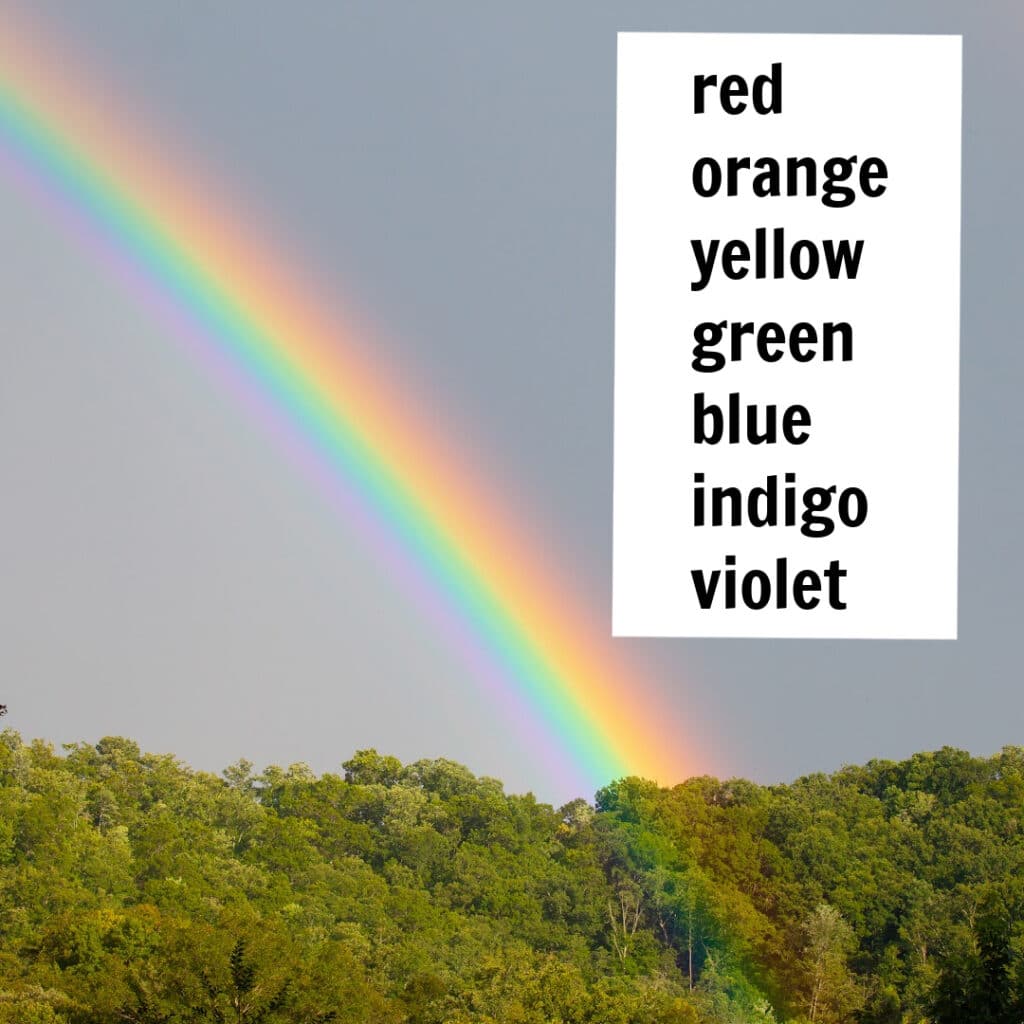
Rainbow science activities
Make a rainbow with a prism. If it's not a sunny day, you can do this with a torch and a prism.
Look for a rainbow in bubbles.
Learn about another scientific phenomenon, the moonbow!
2. Aurora Borealis
The Aurora Borealis ( Northern Lights ) is a display of colourful lights in the sky, seen in very northern parts of the world, such as Scandinavia, Alaska and Greenland. It's caused by charged particles from the sun interacting with the Earth's atmosphere.
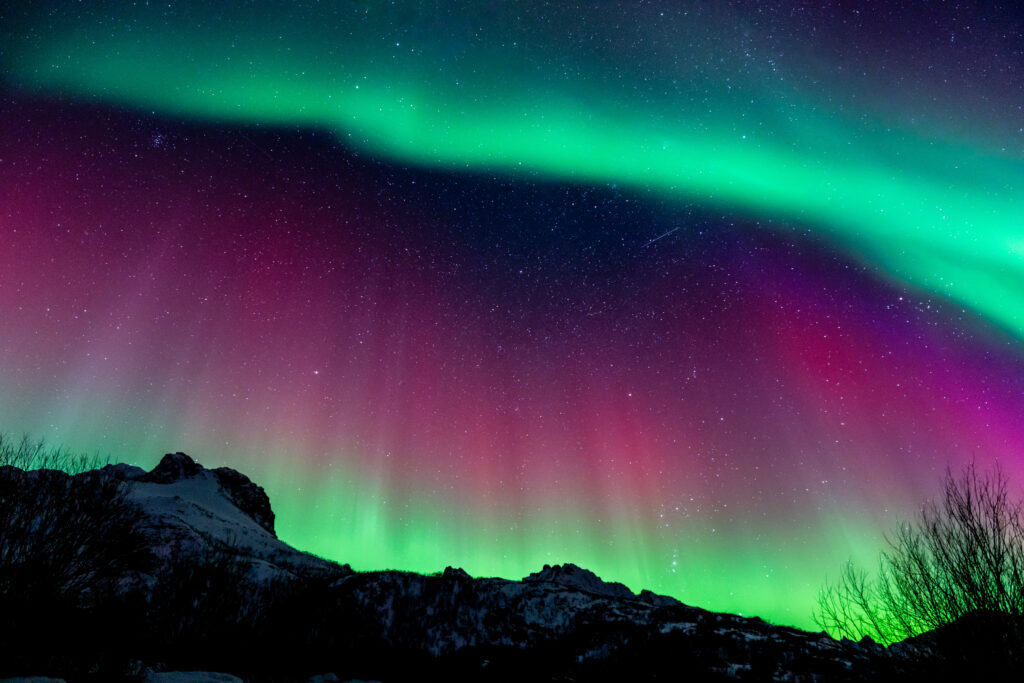
Find out more about the Northern Lights.
Watch a time-lapse of Northern Lights in Alaska.
3. Photosynthesis
Photosynthesis is the process by which algae, plants and some bacteria use carbon dioxide, water and light to create oxygen and glucose. In plants, photosynthesis occurs in the chloroplasts.

Plants have several adaptations that help them make as much energy as possible through photosynthesis. Their leaves are thin with a large surface area, which helps them absorb as much carbon dioxide and light as possible, and roots that spread through the soil allow them to take in as much water as needed.
Photosynthesis science activities
Learn about chloroplasts and other organelles with a jelly plant cell model.
Find out why leaves are green.
Learn about the different parts of a plant with a plant dissection activity.
4. Lightning
Lightning is a giant spark of electricity in the atmosphere. It happens when electricity is discharged between clouds, from a cloud to the air or from a cloud to the ground.
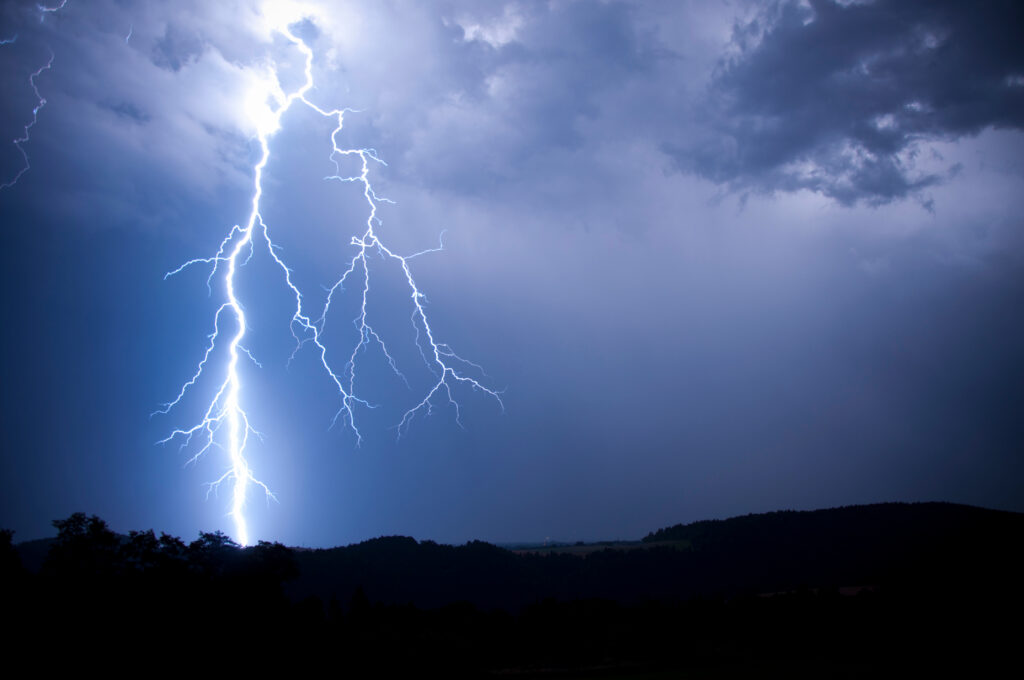
You can demonstrate lightning by creating a tiny spark of static electricity with a balloon and a metal spoon.
5. Diffusion
Diffusion is the movement of a substance from an area of high concentration to an area of low concentration. The movement continues until the substance is evenly distributed throughout the available space.
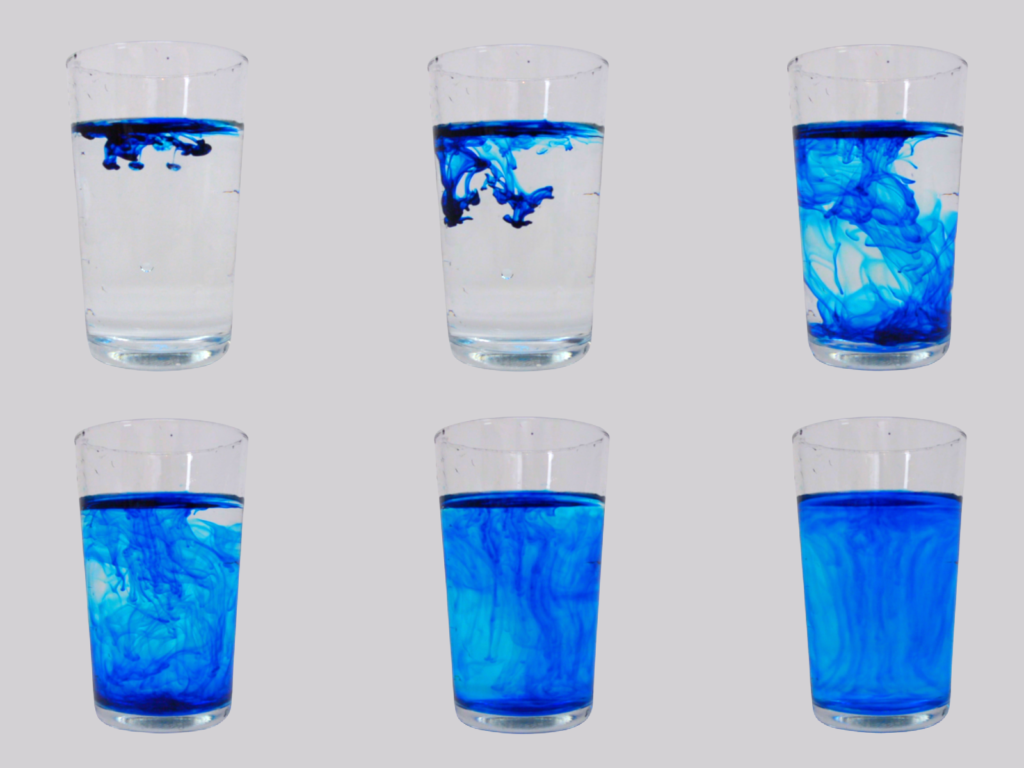
Learn more about diffusion
Diffusion can be demonstrated easily by adding a little food colouring to a glass of water. Initially, the food colouring is concentrated in one spot and then spreads without stirring through the water.
You can also demonstrate diffusion with a tea bag in water.
6. Magnetism
Magnetism is a force that causes certain materials to be attracted to each other. Magnets produce a magnetic field, where other magnets and magnetic materials experience a force. Magnets have two poles - north and south.
The force between two magnets can be attractive or repulsive. Two poles that are the same repel, and two that are unlike attract.
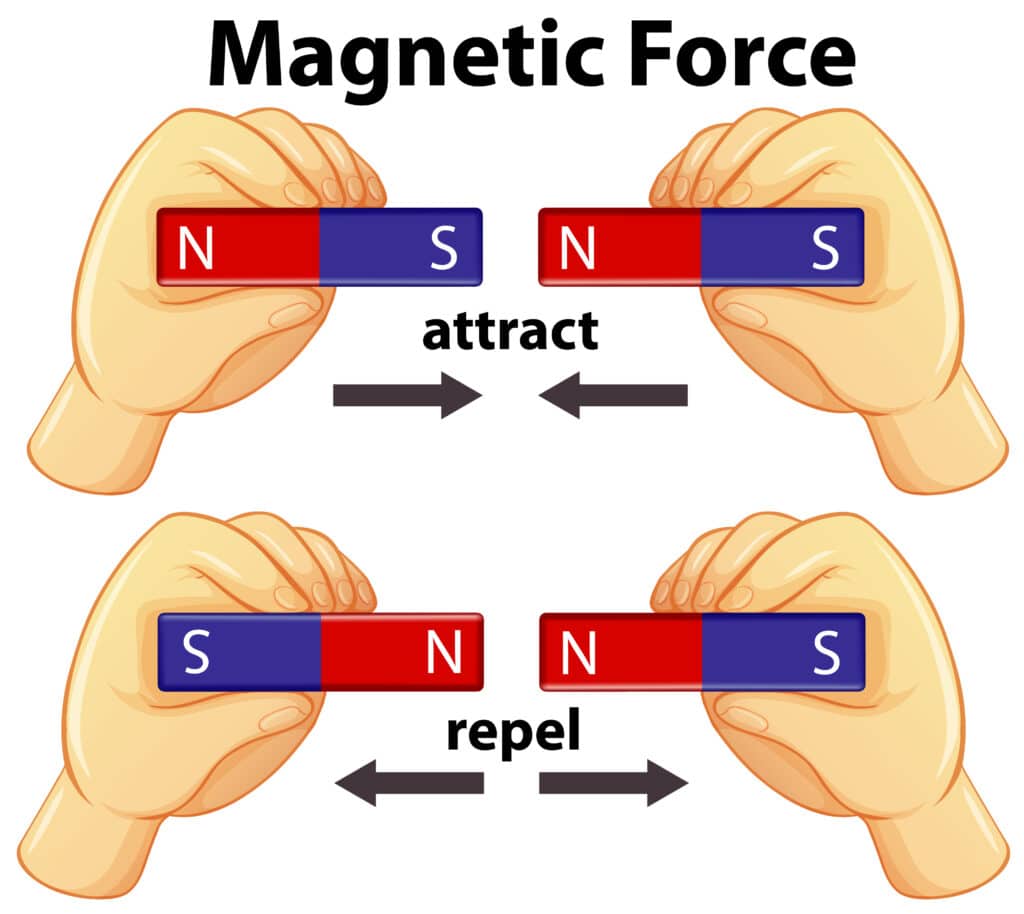
Learn more about magnetism
Make a mini magnet maze.
Create a compass with a magnet.
7. Cloud Formations
Clouds are droplets of water and ice particles floating at different heights.
Heat from the sun turns water on the surface of the Earth into water vapour, which rises, cools, and turns back into water again, forming a cloud. Clouds float because the droplets of water are very light, and there's a constant flow of warmer air rising under the cloud, keeping it afloat.
Clouds grow when more water droplets stick together. When a cloud is heavy enough, it starts to rain!
Clouds are classified depending on their altitude and appearance.
In Snackable Science, we used egg white to demonstrate different shapes of clouds!
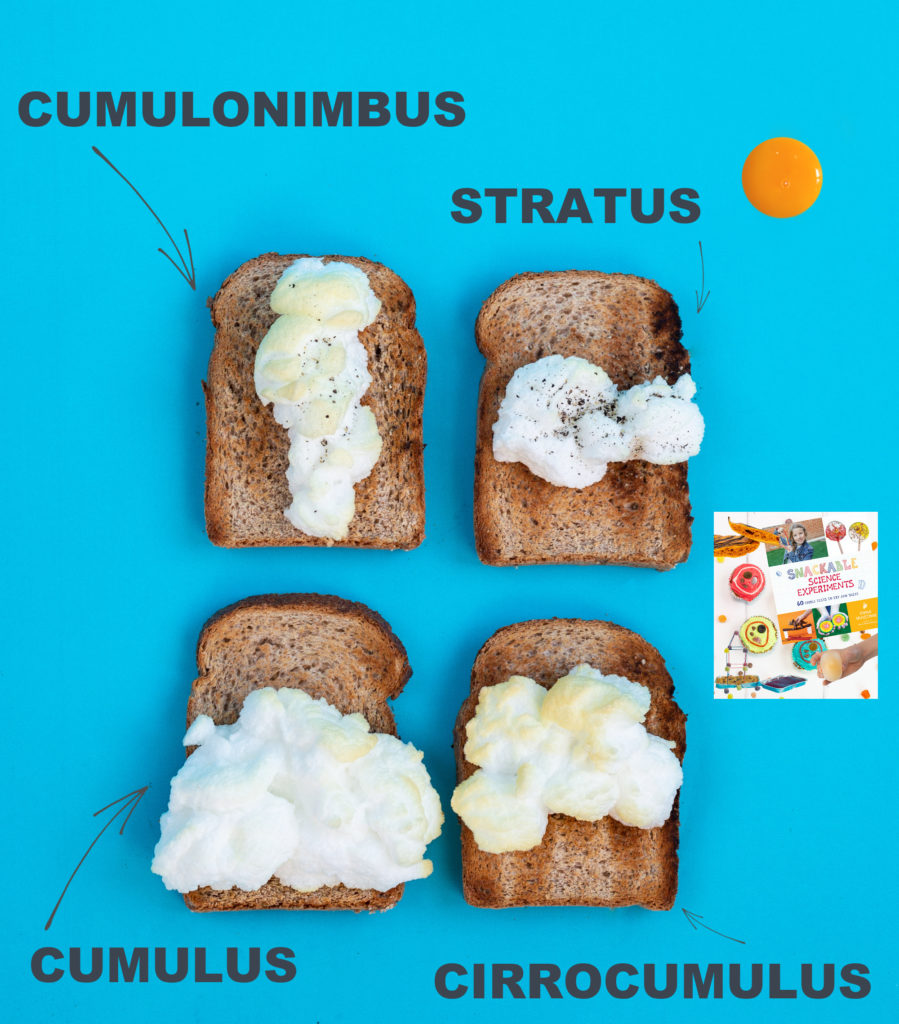
8. Fossils
Fossils are the preserved remains of animals and plants that lived long ago.
Not all remains become fossilised, and it is actually quite rare. Most animal and plant remains decompose after they die ( or are eaten by scavengers), but if they are covered by sediment ( usually sand, mud, or lava ), they may become fossils.
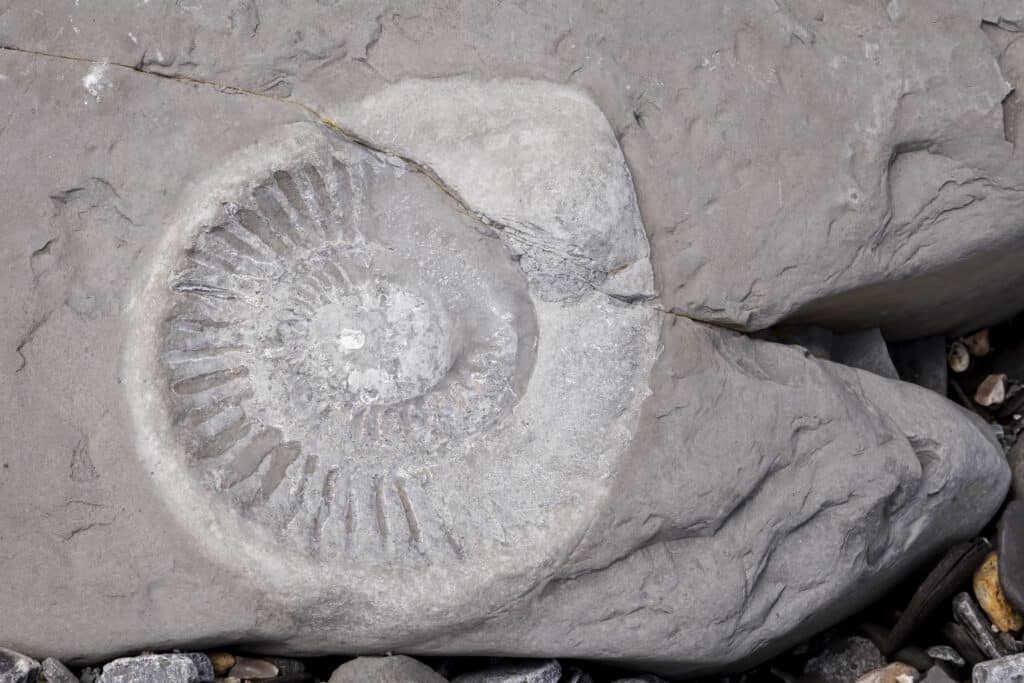
Learn more about fossils
Set up a dinosaur dig activity.
Learn about different types of rocks with my Rock Lab!
9. Bubbles
Have you ever wondered why bubbles always form a spherical shape? The forces acting between the bubble molecules cause them to form a sphere, which encloses the most volume with the least surface area.
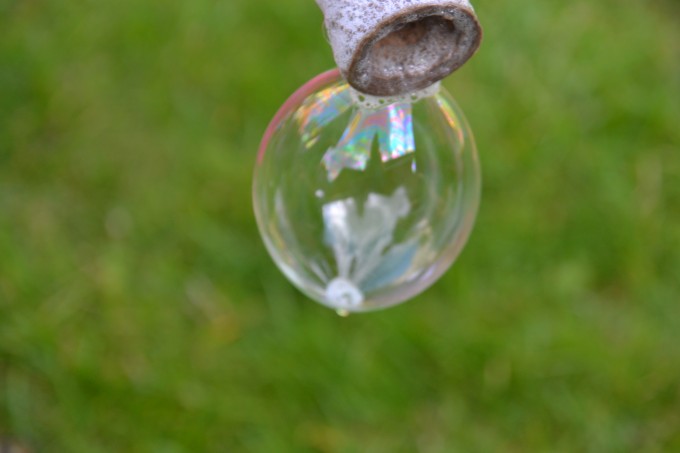
Learn more about bubbles
Use a bit of science trickery to make a square bubble.
10. Shadows
A shadow is a dark shape formed when an opaque object blocks a source of light. Shadows can be seen outside on sunny days. They change shape during the day as the sun’s position changes in the sky.
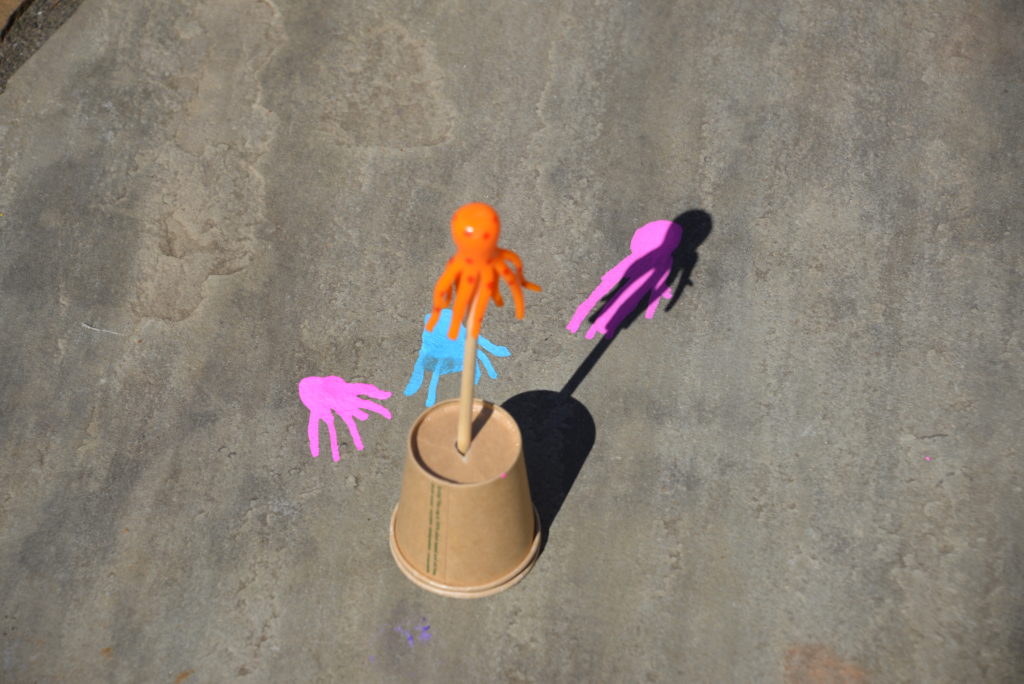
Learn more about shadows
Make colourful shadow puppets.
Watch time go by with a DIY garden sundial.
Are there any more science phenomena you'd like to know more about?
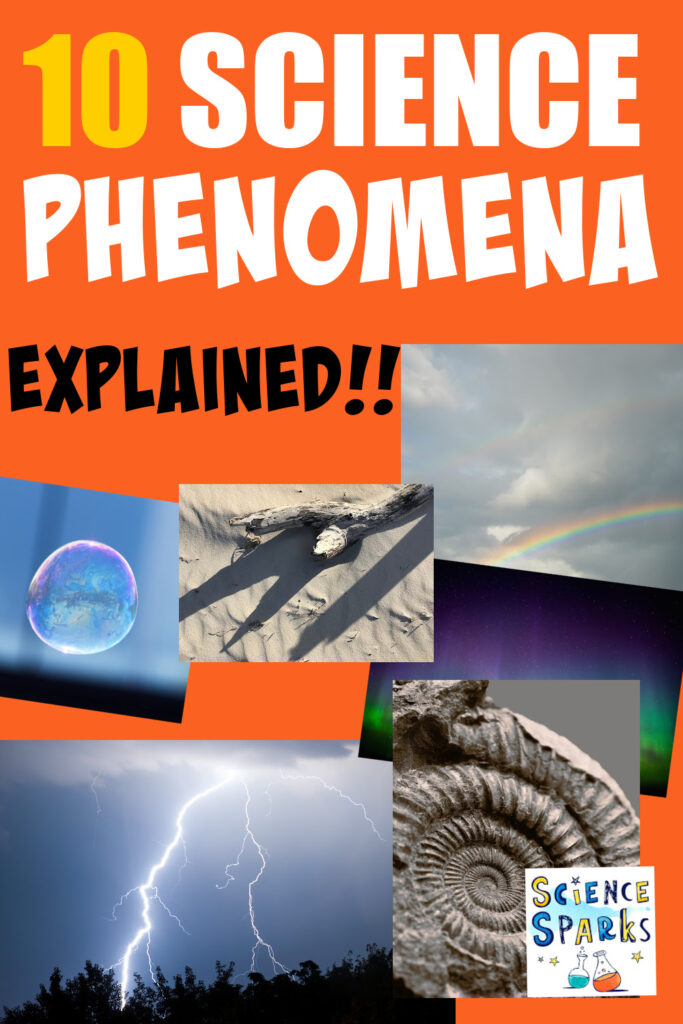
Last Updated on March 31, 2025 by Emma Vanstone
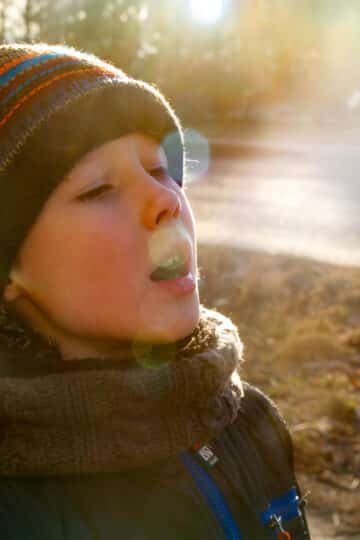
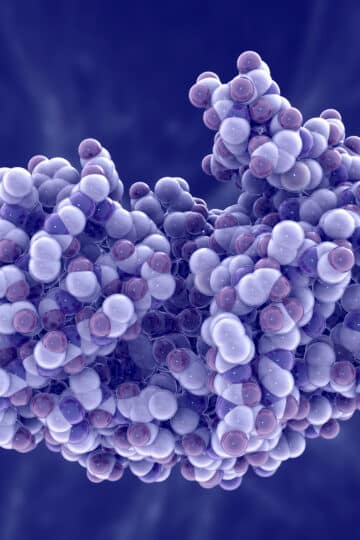
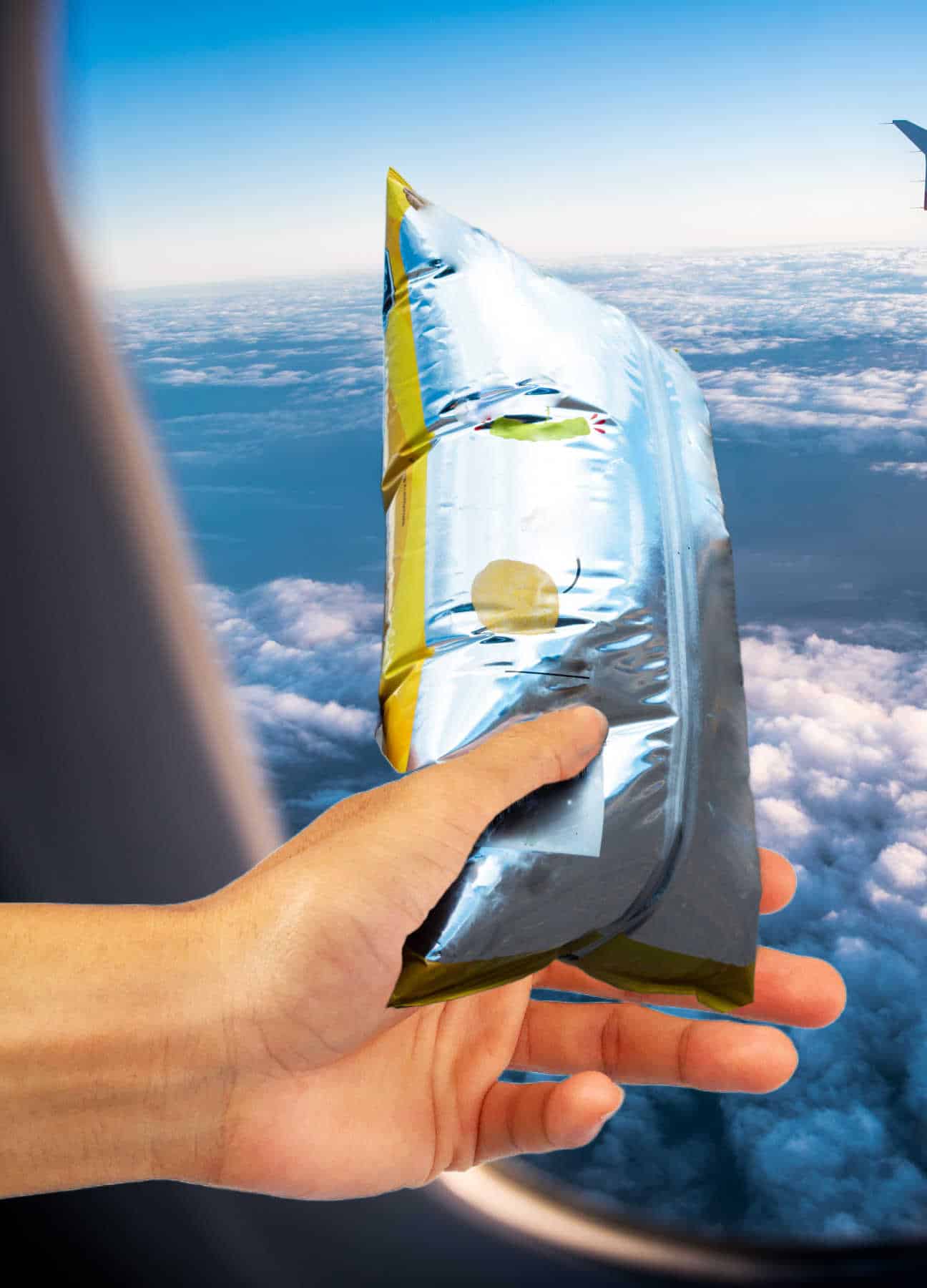
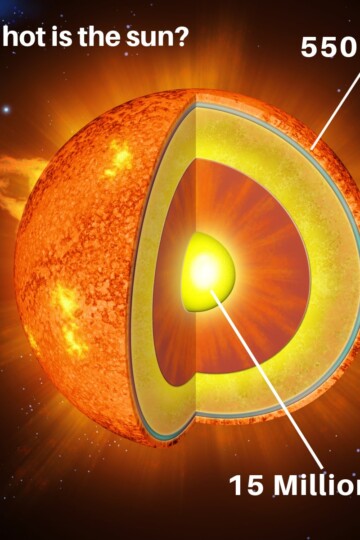
Leave a Reply